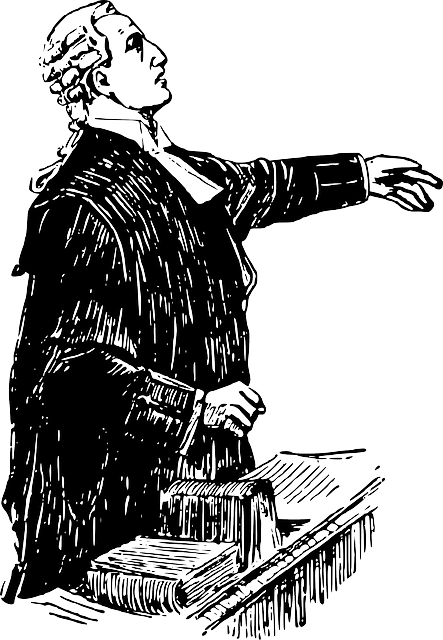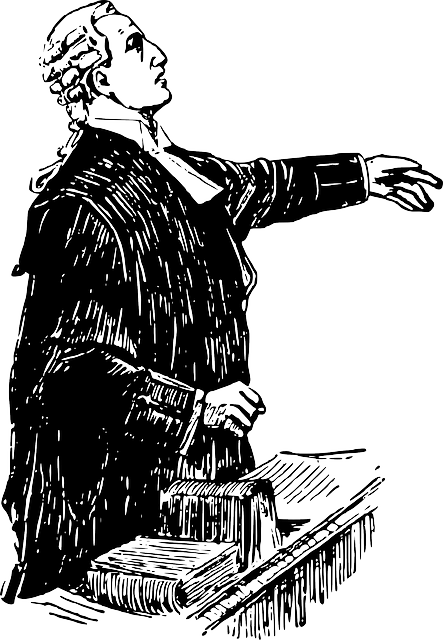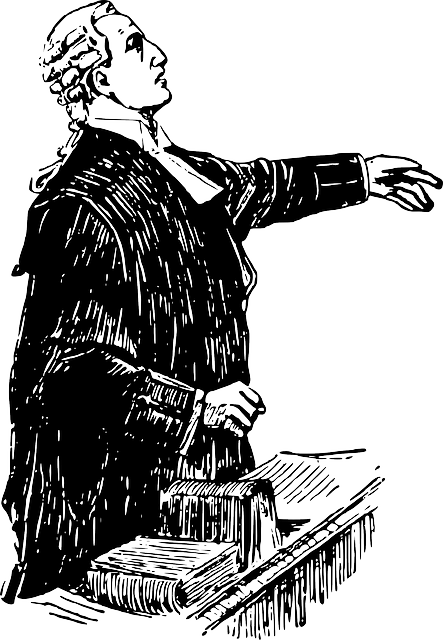High-risk repeat DUI offenders face challenges in the criminal justice system due to recurring substance abuse and legal consequences, often exacerbated by significant Insurance Rate Adjustments after DUI convictions. These adjustments create financial barriers to rehabilitation but also serve as incentives for positive change. Breaking the cycle requires tailored programs addressing underlying issues, including comprehensive treatment, support groups, community outreach, job training, and education. Collaboration between government, non-profits, and private sector entities, coupled with policy reforms and mentorship programs, is crucial for successful reintegration and reducing recidivism, leveraging Insurance Rate Adjustments after DUI as a motivator for behavioral transformation.
In the intricate web of justice reform, understanding high-risk reoffenders and their cyclical patterns is paramount. This article delves into the complex issue of individuals at high risk of reoffending, particularly focusing on Driving Under the Influence (DUI) cases. We explore the profound impact of DUI on insurance rates, revealing a hidden financial burden that exacerbates existing challenges. Additionally, we present effective strategies to break the cycle, emphasizing rehabilitation and community programs. Further, we discuss insurance rate adjustments post-DUI, offering insights for individuals navigating these sensitive scenarios.
- Understanding High-Risk Reoffenders and the DUI Cycle
- The Impact of DUI on Insurance Rates: A Comprehensive Look
- Strategies to Break the Cycle: Rehabilitation and Community Programs
- Insurance Rate Adjustments: Post-DUI Scenarios and Options
- Best Practices for Supporting Ex-Offenders in Breaking the Criminal Cycle
Understanding High-Risk Reoffenders and the DUI Cycle

High-risk reoffenders, often referred to as repeat DUI offenders, present a unique challenge in the criminal justice system. Understanding their behavior and motivations is crucial to breaking the cycle of substance abuse and recidivism. The DUI (Driving Under the Influence) cycle is a recurring pattern where individuals engage in driving while impaired, face legal consequences, yet fail to address the underlying issues that led to the offense, resulting in future incidents. This cycle not only harms the offender but also poses significant risks to public safety.
These high-risk individuals often experience Insurance Rate Adjustments after DUI convictions, which can exacerbate financial burdens and create additional barriers to rehabilitation. By recognizing the complex nature of their situation, interventions can be tailored to address both legal and personal challenges. This may include comprehensive treatment programs, support groups, and community outreach initiatives aimed at preventing future DUI incidents and helping offenders reintegrate into society responsibly.
The Impact of DUI on Insurance Rates: A Comprehensive Look

The impact of a Driving Under the Influence (DUI) conviction on insurance rates is profound and long-lasting. Insurance rate adjustments after DUI can significantly increase premiums due to the heightened risk perception associated with drunk driving. Insurers consider various factors, such as past claims history, type of vehicle, and personal driving record, when calculating rates. A DUI conviction often signals a more significant risk profile, leading to higher costs for both auto and liability coverage.
This adjustment reflects the potential consequences of repeated irresponsible behavior behind the wheel. Over time, consistently elevated insurance rates can discourage reoffending by making future DUI attempts less financially viable. Furthermore, some insurers may even deny coverage or offer policies with extremely high deductibles to high-risk drivers, adding another layer of incentive to break the cycle and maintain a clean driving record.
Strategies to Break the Cycle: Rehabilitation and Community Programs

Breaking the cycle of reoffending among high-risk individuals is a multifaceted challenge, but certain strategies, such as rehabilitation and community programs, have proven effective. Rehabilitation initiatives focus on addressing the underlying causes of criminal behavior through therapy, education, and skill development. These programs aim to equip participants with tools to make positive choices and rebuild their lives. Community-based interventions also play a pivotal role in disrupting the cycle. Programs that foster social connections, provide job training, and offer support networks can help high-risk offenders reintegrate into society successfully.
Additionally, Insurance Rate Adjustments after DUI (Drunk Driving Under Influence) can serve as a powerful incentive for rehabilitation. Strict insurance rate increases following DUI convictions encourage offenders to participate in rehabilitation programs to reduce their risks and potentially lower their premiums. This financial motivation, combined with structured support systems, can significantly enhance the chances of long-term behavior change and successful reintegration into the community.
Insurance Rate Adjustments: Post-DUI Scenarios and Options

After a DUI (Driving Under the Influence) conviction, individuals often face significant challenges in reentering the insurance market due to substantial rate adjustments. Insurance companies consider DUI as a high-risk event, reflecting increased liability and potential future claims. As such, policyholders can expect higher premiums not only immediately post-conviction but also for an extended period afterward.
There are, however, options available to help mitigate these adjustments. Some insurance providers offer specialized coverage tailored for individuals with DUI history, offering more affordable rates compared to standard policies. Additionally, maintaining a clean driving record after the conviction can lead to reduced rates over time. Policyholders should also explore defensive driving courses or rehabilitation programs that could potentially lower their risk profile in the eyes of insurance companies.
Best Practices for Supporting Ex-Offenders in Breaking the Criminal Cycle

Supporting ex-offenders in breaking the criminal cycle is a multifaceted approach that requires collaboration between various stakeholders, including government agencies, non-profit organizations, and the private sector. One key area of focus should be providing accessible and comprehensive reintegration programs. These programs should offer job training, education, and mental health support to equip individuals with the necessary skills and resources for successful reentry into society. Additionally, offering financial incentives like Insurance Rate Adjustments after DUI can play a significant role in encouraging ex-offenders to stay on the right path.
Another best practice is the implementation of mentorship programs where former offenders are paired with successful individuals who can guide them through the challenges of reintegrating into their communities. Mentors can provide practical advice, emotional support, and role models for positive behavior change. Furthermore, policy reforms that address systemic barriers, such as housing discrimination and limited access to employment opportunities, are essential in creating an environment conducive to ex-offenders’ successful transition back into society and ultimately breaking the cycle of reoffending.
High-risk reoffenders can break the cycle of recidivism with comprehensive strategies that address both personal rehabilitation and community support. By understanding the DUI cycle and its impact on insurance rates, we can implement effective programs to aid ex-offenders in their transition. Insurance rate adjustments post-DUI play a crucial role in encouraging responsible behavior, while best practices for supporting these individuals ensure they have access to resources that foster positive change. Together, these efforts create a network of assistance, helping high-risk reoffenders turn their lives around and avoid future legal and financial consequences.






